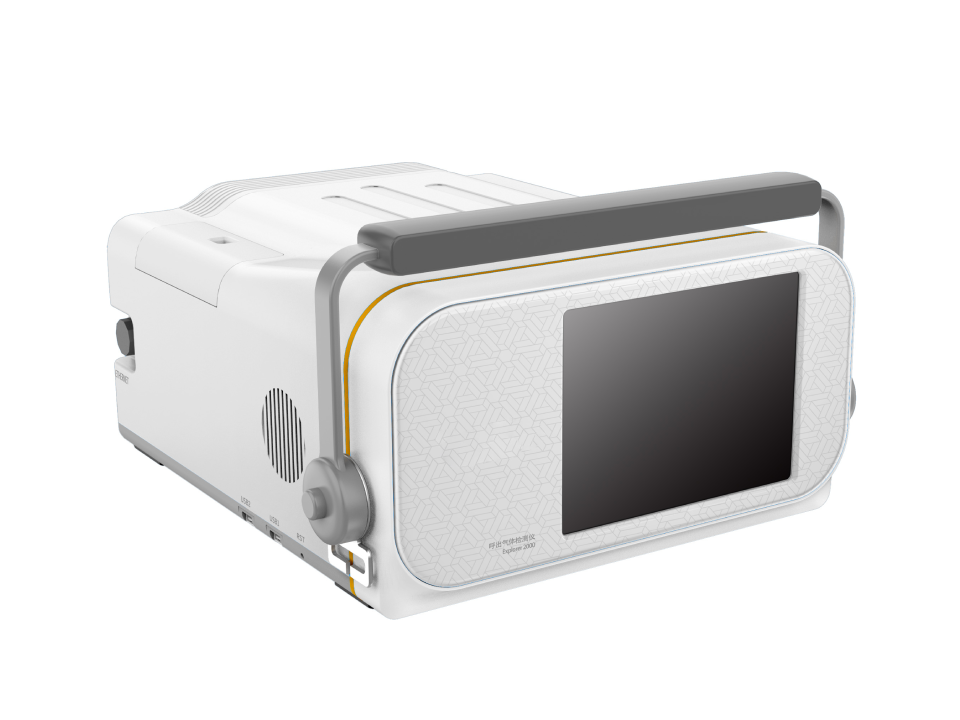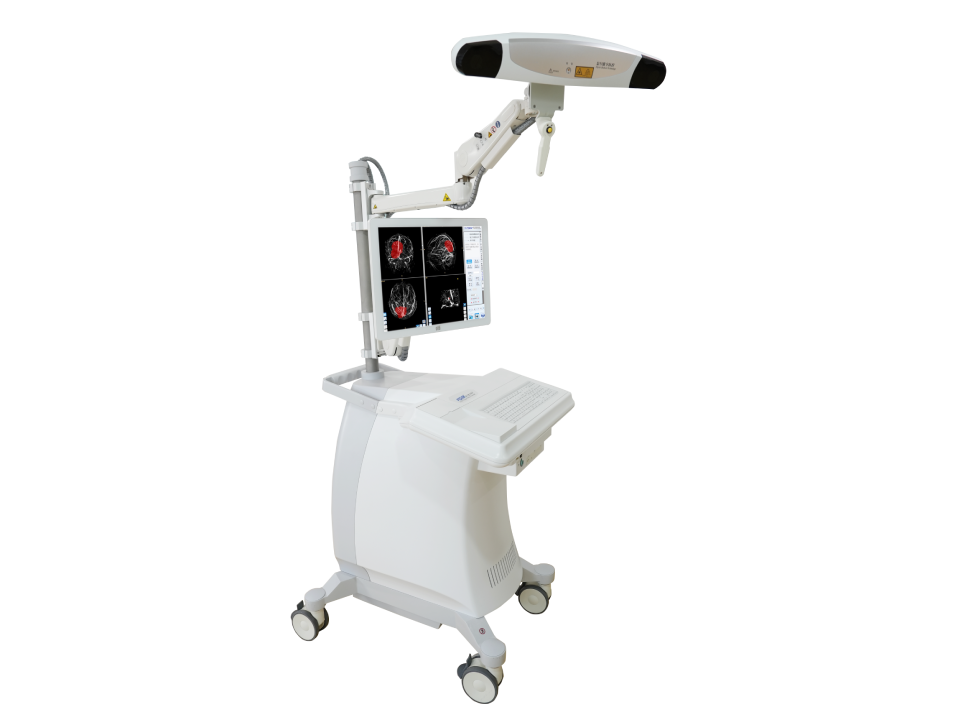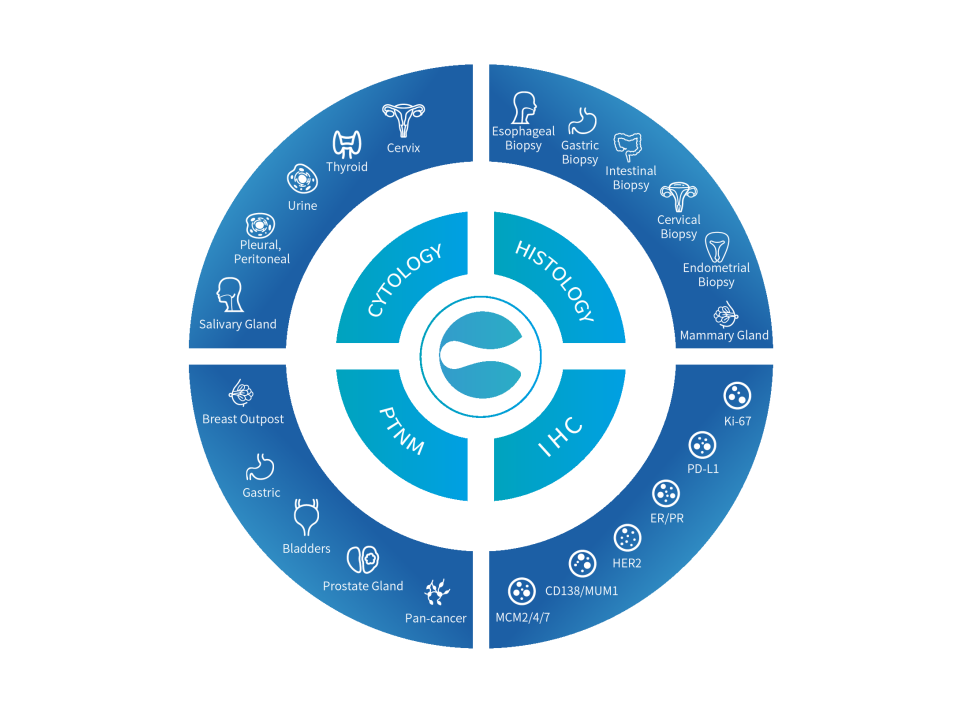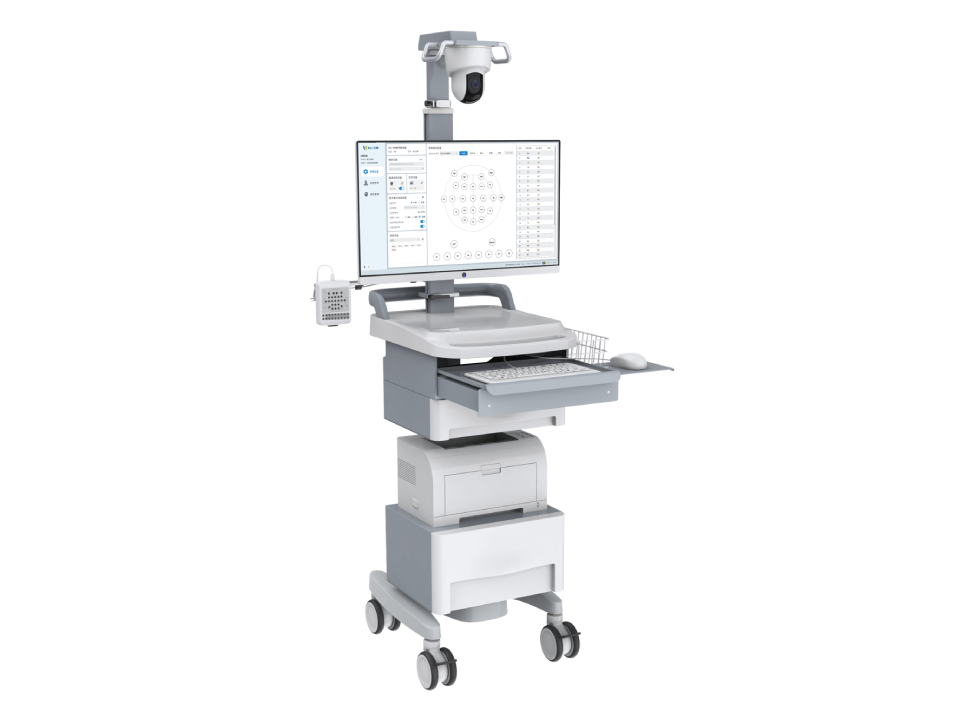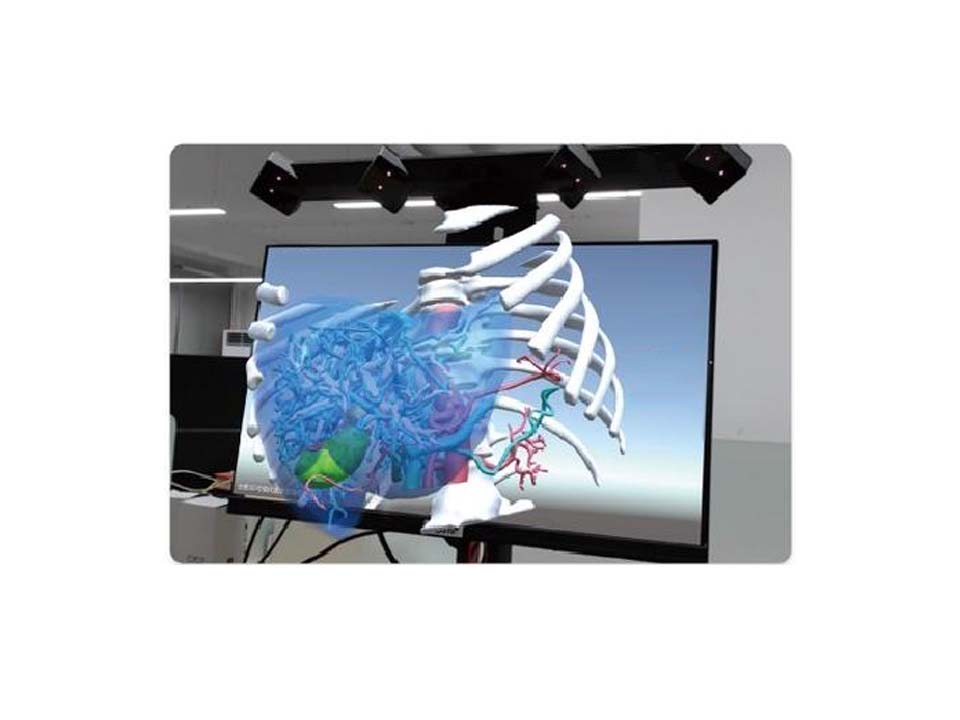Medium-Frequency Electrotherapy Device
Gmedisys’s medium-frequency electrotherapy device represents a breakthrough in non-invasive physical therapy, leveraging advanced transcutaneous electrical nerve stimulation (TENS) technology. These devices deliver low-frequency (LF) modulated medium-frequency (MF) pulses, striking a critical balance: reducing skin irritation while penetrating deeper into tissues to target impaired nerves, adhesions, and inflamed areas. Engineered for clinical efficacy, the device is designed to relieve pain, reactivate neuromuscular function, accelerate tissue repair, and enhance local circulation—making it an indispensable tool for rehabilitation and pain management.
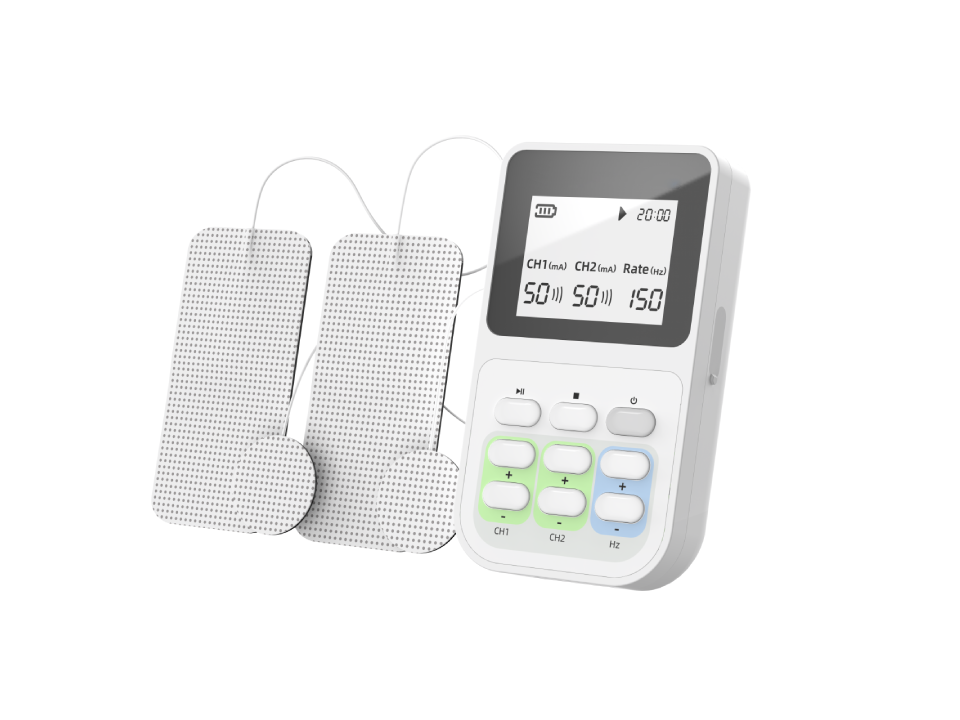
Specifications
- WaveformLow-frequency (1–150 Hz) modulated medium-frequency (10 kHz) pulses
- Frequency Tolerance≤10% (ensuring stable, consistent stimulation)
- Current Intensity1–50 mA (Aci-MFE2S); 1–99 mA (Aci-MFE2X) with precise step adjustments
- Current Stability≤10% variation (maintaining consistent therapeutic dosage)
- Amplitude Tolerance≤5% (ensuring predictable, reliable output)
- ChannelsDual independent channels (simultaneous treatment capability)
- Battery Life≥6 hours (supports all-day clinical use)
- Safety FeaturesElectrode lead-off alert, short-circuit protection
Key Features
Dual-Channel Independence
The Medium-Frequency Electrotherapy Device features two fully adjustable channels, allowing simultaneous treatment of two distinct areas on a single patient or two patients at once—each with customized intensity and frequency settings. This flexibility optimizes clinic workflow, reducing treatment time while expanding patient capacity.
LF-Modulated MF Pulses
By combining low-frequency modulation (1-150 Hz) with medium-frequency (10 kHz) carrier waves, the device delivers the muscle-stimulating benefits of LF therapy while leveraging MF’s ability to penetrate deeper into tissues without causing skin discomfort. This dual-action mechanism makes it effective for both superficial and deep-seated issues, from muscle spasms to joint adhesions.
Precision Control for Personalized Therapy
With 50 or 99 adjustable intensity levels, clinicians can fine-tune stimulation to match patient tolerance and therapeutic goals—whether gentle neuromuscular re-education or targeted pain relief. The wide frequency range (1-150 Hz) further enables customization, from low frequencies for pain blocking to higher frequencies for muscle activation.
Low-Impedance Electrode Design
Includes a combination of large and small electrode pads, with a large-size return electrode that minimizes current density, preventing skin burns.
Real-Time Alerts
Built-in sensors detect electrode disconnections or short circuits, immediately halting stimulation to ensure patient safety.
Portable and Clinic-Ready
Compact, lightweight, and powered by a long-lasting battery (≥6 hours), the Medium-Frequency Electrotherapy Device adapts seamlessly to diverse settings—from hospital wards and rehabilitation centers to outpatient clinics. Its user-friendly interface requires minimal training, allowing staff to focus on patient care.
Key Features (style 1)
Dual-Channel Independence
LF-Modulated MF Pulses
Precision Control for Personalized Therapy
Low-Impedance Electrode Design
Real-Time Alerts
Portable and Clinic-Ready
Key Features
Dual-Channel Independence
The Medium-Frequency Electrotherapy Device features two fully adjustable channels, allowing simultaneous treatment of two distinct areas on a single patient or two patients at once—each with customized intensity and frequency settings. This flexibility optimizes clinic workflow, reducing treatment time while expanding patient capacity.
LF-Modulated MF Pulses
By combining low-frequency modulation (1-150 Hz) with medium-frequency (10 kHz) carrier waves, the device delivers the muscle-stimulating benefits of LF therapy while leveraging MF’s ability to penetrate deeper into tissues without causing skin discomfort. This dual-action mechanism makes it effective for both superficial and deep-seated issues, from muscle spasms to joint adhesions.
Precision Control for Personalized Therapy
With 50 or 99 adjustable intensity levels, clinicians can fine-tune stimulation to match patient tolerance and therapeutic goals—whether gentle neuromuscular re-education or targeted pain relief. The wide frequency range (1-150 Hz) further enables customization, from low frequencies for pain blocking to higher frequencies for muscle activation.
Low-Impedance Electrode Design
Includes a combination of large and small electrode pads, with a large-size return electrode that minimizes current density, preventing skin burns.
Real-Time Alerts
Built-in sensors detect electrode disconnections or short circuits, immediately halting stimulation to ensure patient safety.
Portable and Clinic-Ready
Compact, lightweight, and powered by a long-lasting battery (≥6 hours), the Medium-Frequency Electrotherapy Device adapts seamlessly to diverse settings—from hospital wards and rehabilitation centers to outpatient clinics. Its user-friendly interface requires minimal training, allowing staff to focus on patient care.

Applications
Pain Management: Relieves acute (post-injury) and chronic (e.g., back, neuropathic) pain by blocking pain signals.
Neuromuscular Rehab: Reactivates impaired nerves and atrophied muscles after stroke, surgery, or immobilization.
Inflammation Reduction: Accelerates the dissipation of swelling in joints and soft tissues.
Circulatory Enhancement: Improves local blood flow to support tissue repair in wounds or post-fracture recovery.
The Medium-Frequency Electrotherapy Device combines clinical efficacy with operational flexibility, making it a valuable addition to any rehabilitation or pain management program.
Clinical Advantages
Deep Tissue Penetration: Outperforms standard LF TENS by reaching deeper muscles, joints, and nerves without skin irritation.
Multifunctional Efficacy: Addresses a spectrum of conditions, from post-surgical pain and arthritis to muscle atrophy and sports injuries.
Workflow Efficiency: Dual channels and rapid setup reduce treatment time, increasing patient throughput.
Safety Validation: Designed to meet rigorous medical device standards, with features that prioritize patient comfort and clinician confidence.


